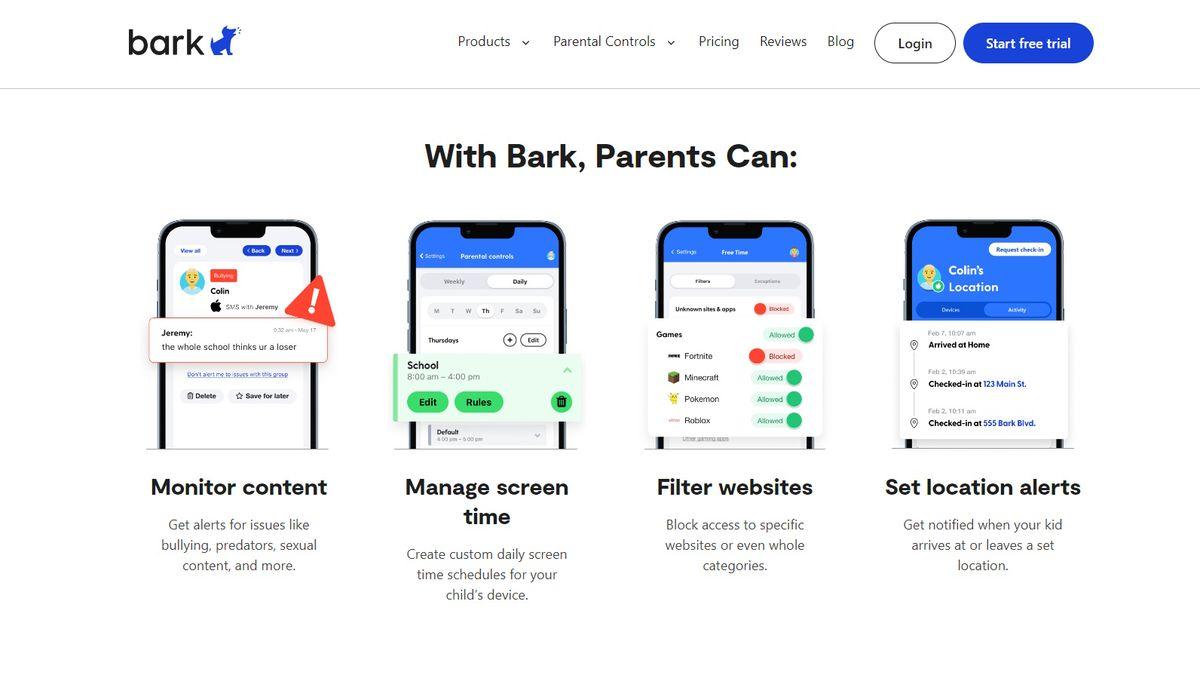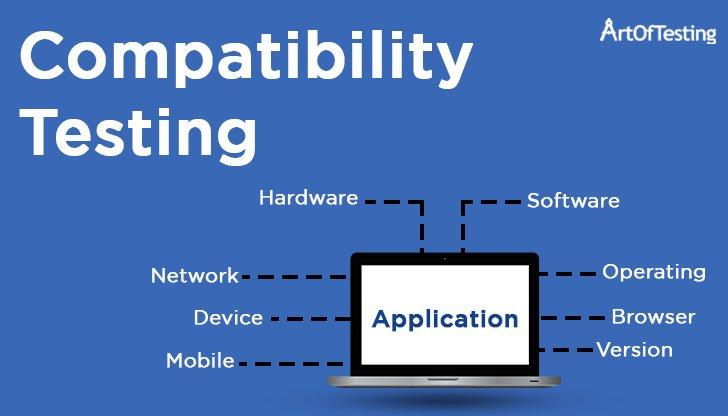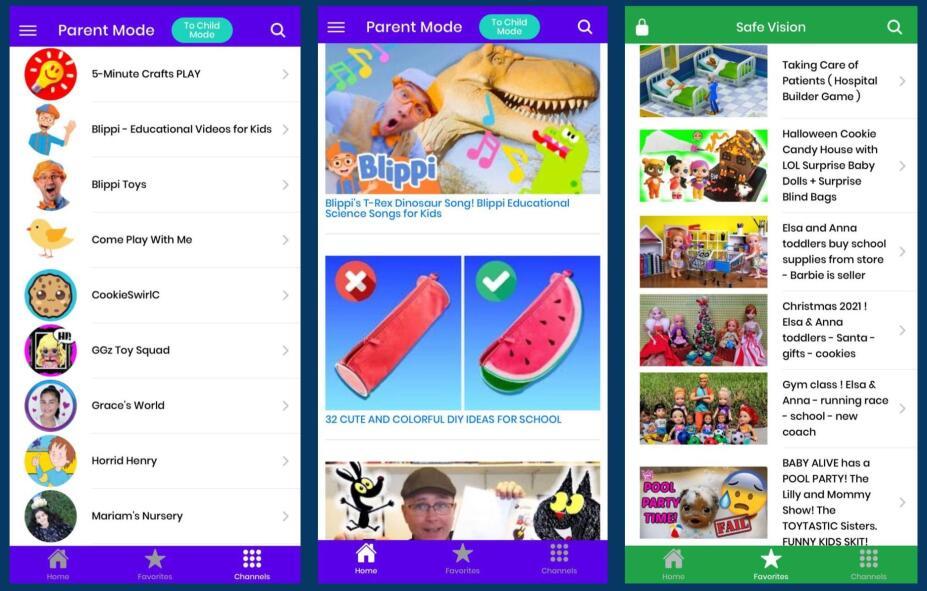In today’s digital age, streaming services have become a staple in households, offering a vast array of content at the click of a button. For parents, however, the challenge lies in navigating these platforms to ensure that children are exposed to age-appropriate and safe content. With a myriad of options available, selecting the right service that balances entertainment and safety can be daunting. This article delves into the top kid-safe streaming services, analyzing their features, parental controls, and content offerings, to help parents make informed decisions in fostering a secure viewing environment for their children.
Parental Control Features and Usability
When selecting a streaming service for children, the strength of parental control features is crucial. These tools empower parents to create a safe viewing environment by tailoring content accessibility. Most platforms offer customizable profiles, enabling guardians to set age-appropriate content restrictions. This feature ensures that younger viewers are shielded from unsuitable material. Additionally, many services provide content filters and viewing history logs, allowing parents to monitor what their children are watching and make informed decisions about future content.
Usability is another key consideration. An intuitive interface with clear navigation can significantly enhance the user experience, especially for tech-savvy kids eager to explore. Look for platforms that offer easy-to-use dashboards and straightforward setup processes for parental controls. Some services even provide mobile apps with remote management capabilities, allowing adjustments on-the-go. These features not only offer peace of mind but also ensure that children can enjoy their favorite shows in a secure and user-friendly environment.
Content Quality and Educational Value
When selecting a streaming service for children, the quality of content and its educational value are crucial considerations. Many platforms offer a diverse range of programs designed to entertain while fostering learning. Parents should look for services that provide:
- Age-appropriate content: Ensure that the platform offers a variety of shows and movies tailored to different age groups, promoting safe and suitable viewing experiences.
- Educational programming: Seek out services that include shows focused on STEM, literacy, and social-emotional learning to enhance developmental growth.
- Expert-curated selections: Some platforms collaborate with educators and child development experts to curate content that is both engaging and instructive.
Furthermore, a reliable streaming service should offer robust parental controls, allowing caregivers to customize viewing experiences according to their child’s needs. By prioritizing these aspects, parents can ensure that screen time is both fun and beneficial for their children’s growth.

Device Compatibility and Accessibility
- Multi-Device Support: Ensuring that a streaming service is compatible with a range of devices is crucial for flexibility and convenience. Most kid-safe platforms offer apps for iOS and Android, allowing access via smartphones and tablets. Additionally, compatibility with smart TVs, game consoles, and web browsers is common, enabling seamless integration into various home entertainment systems.
- Accessibility Features: A vital aspect of these services is their commitment to accessibility. Look for features like closed captions, audio descriptions, and customizable interface settings that cater to different needs. These enhancements not only support children with disabilities but also foster an inclusive viewing environment for all users.

Subscription Costs and Value for Money
When evaluating kid-safe streaming services, understanding the balance between subscription costs and value for money is crucial for parents. Many platforms offer a variety of plans, each with unique features tailored to family needs. For instance, some services provide tiered pricing based on the number of simultaneous streams, allowing larger families to enjoy content without interruption. Others might include ad-free experiences or offline viewing options at higher price points.
- Basic Plans: Typically more affordable, these plans often come with limitations on the number of devices or streaming quality.
- Premium Options: Higher-tier plans may offer extensive libraries, exclusive content, and enhanced parental controls, justifying the extra cost.
- Family Bundles: Some services provide bundled packages that include additional perks like educational content or discounts on related products.
Ultimately, the decision rests on how well a service aligns with your family’s viewing habits and budget. Evaluating the comprehensive offerings of each plan ensures you receive maximum value without overspending.



